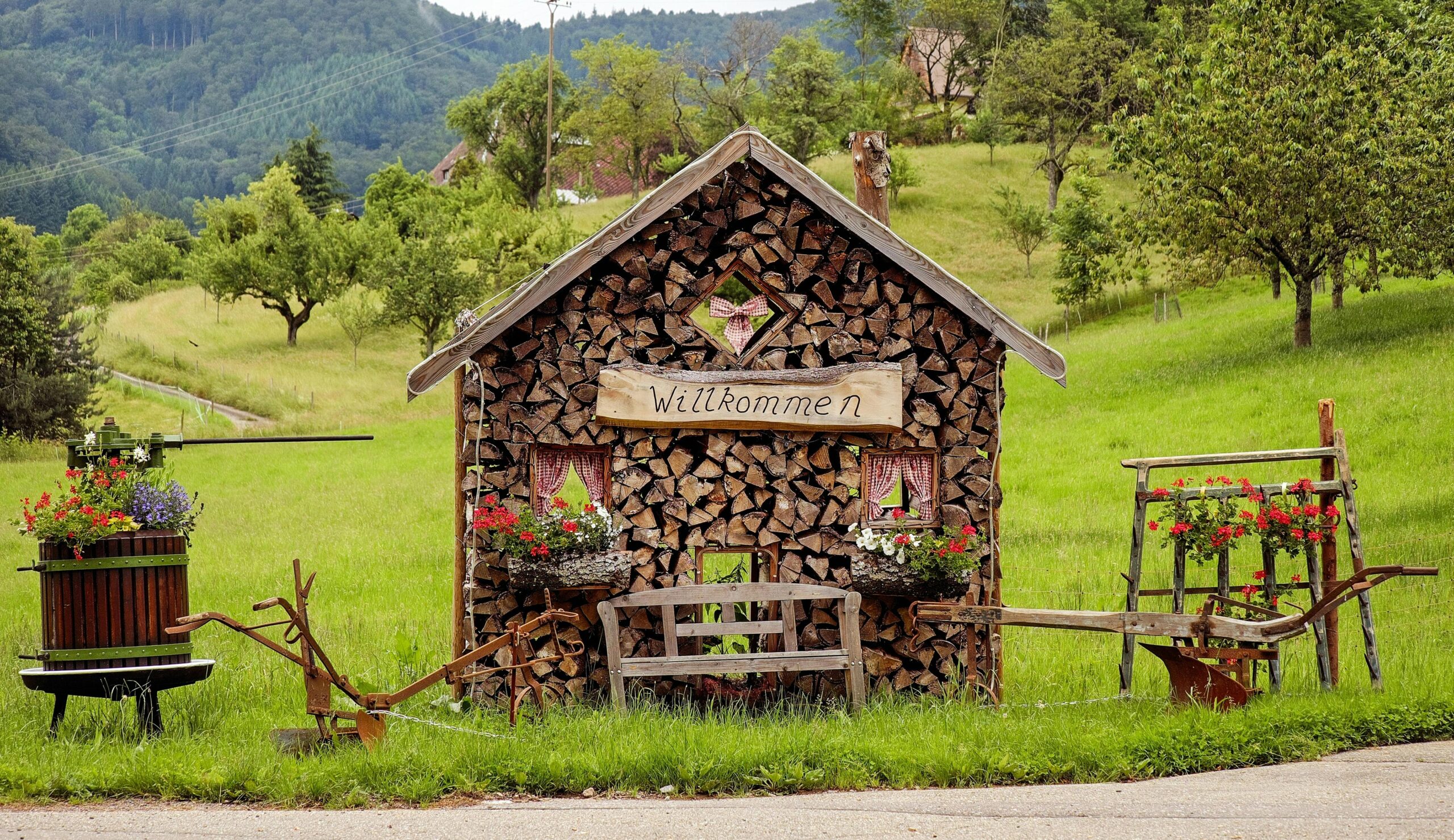Exploring the Diversity of Garden Styles
Gardens are not just patches of greenery; they are living canvases that reflect the creativity, cultural heritage, and personal preferences of their creators. From formal English gardens to wildflower meadows, each garden style has its own unique charm and character. Join me as we embark on a journey through the diverse world of garden design, exploring the beauty and intricacies of different garden types.
1. English Garden: Timeless Elegance
The quintessential English garden evokes images of manicured lawns, neatly trimmed hedges, and vibrant flower borders. Characterized by its formal layout and symmetrical design, this style emphasizes balance, harmony, and timeless elegance. Gravel pathways, ornate fountains, and sculpted topiaries add to the refined beauty of the English garden, creating a serene retreat reminiscent of classic literature and stately manor houses.
2. Japanese Zen Garden: Serenity in Simplicity
In stark contrast to the formalism of English gardens, Japanese Zen gardens celebrate simplicity, tranquility, and the art of mindfulness. These minimalist landscapes feature carefully raked gravel or sand to represent flowing water, interspersed with rocks, moss, and meticulously pruned trees. Every element in a Zen garden is carefully chosen and arranged to evoke a sense of harmony and contemplation, inviting visitors to quiet their minds and immerse themselves in the beauty of nature.
3. Cottage Garden: Whimsical Charm
The cottage garden exudes an enchanting allure with its riotous profusion of colors, textures, and fragrances. Inspired by the romanticism of rural life, this style embraces a more relaxed approach to gardening, allowing plants to grow freely and intertwine in a delightful tangle of blooms. Picket fences, rustic arbors, and whimsical accessories like birdhouses and vintage garden tools add to the charm of the cottage garden, creating a warm and inviting atmosphere reminiscent of a bygone era.
4. Desert Garden: Beauty in Arid Landscapes
Thriving in harsh and arid climates, desert gardens showcase the resilience and adaptability of drought-tolerant plants. Succulents, cacti, and other water-wise species take center stage in these landscapes, their unique forms and textures creating a striking visual display against the backdrop of sandy soil and rocky terrain. Desert gardens require minimal maintenance and offer year-round interest, making them ideal for homeowners seeking sustainable and low-maintenance landscaping solutions.
5. Tropical Garden: Exotic Paradise
Transport yourself to a lush and exotic paradise with a tropical garden filled with vibrant colors, lush foliage, and intoxicating scents. Palm trees, ferns, orchids, and bromeliads create a dense and verdant canopy, while cascading waterfalls, meandering streams, and ornamental ponds add to the sensory richness of the tropical garden. With its bold and flamboyant aesthetic, this style evokes the allure of distant tropical destinations, inviting you to escape reality and indulge in a taste of paradise.
Conclusion: Finding Inspiration in Diversity
In conclusion, the world of garden design is as diverse and varied as the landscapes it seeks to emulate. Whether you prefer the formal elegance of an English garden, the serene simplicity of a Japanese Zen garden, or the whimsical charm of a cottage garden, there’s a garden style to suit every taste and preference. By exploring the different garden types and drawing inspiration from their unique characteristics, you can create a personal sanctuary that reflects your individuality and celebrates the beauty of nature




